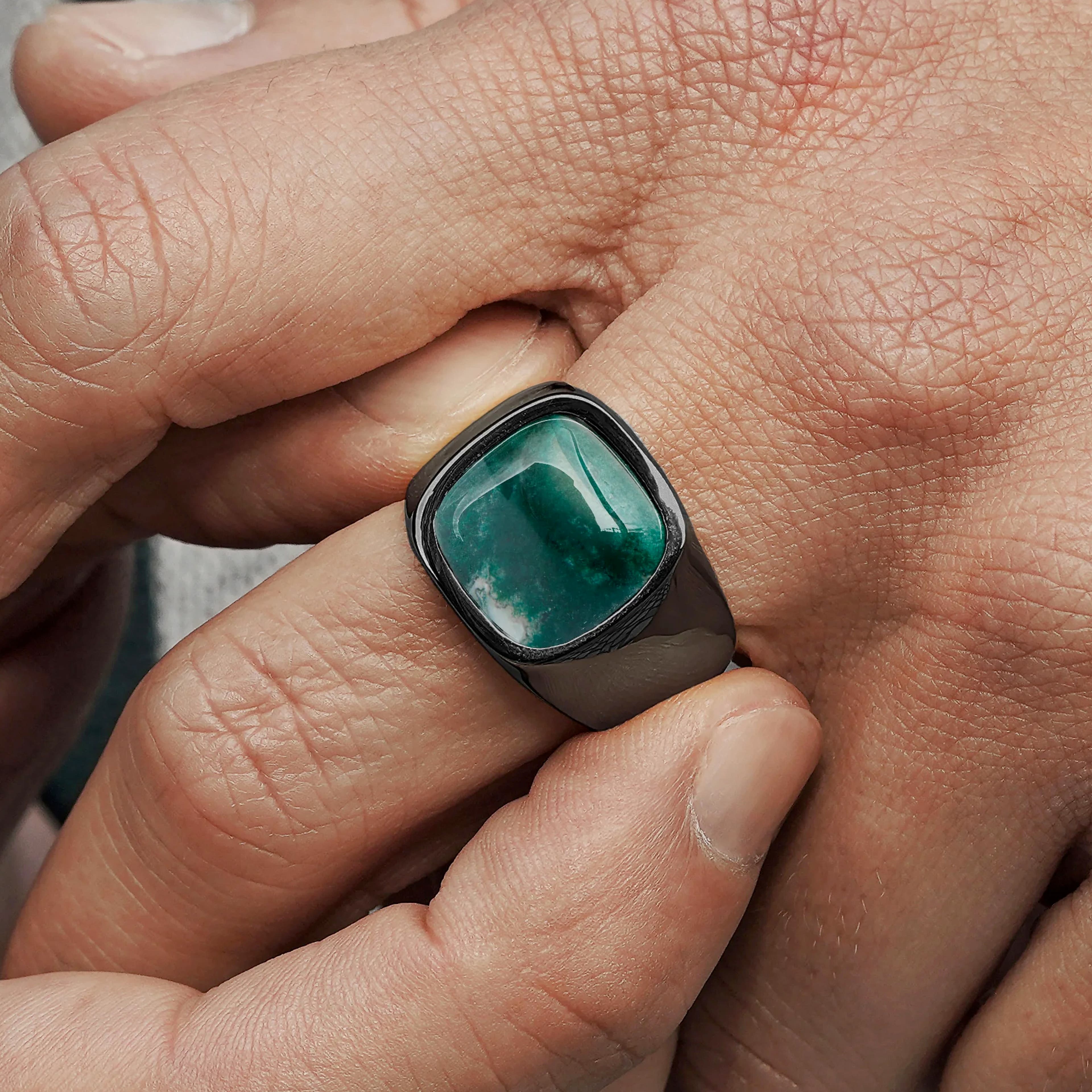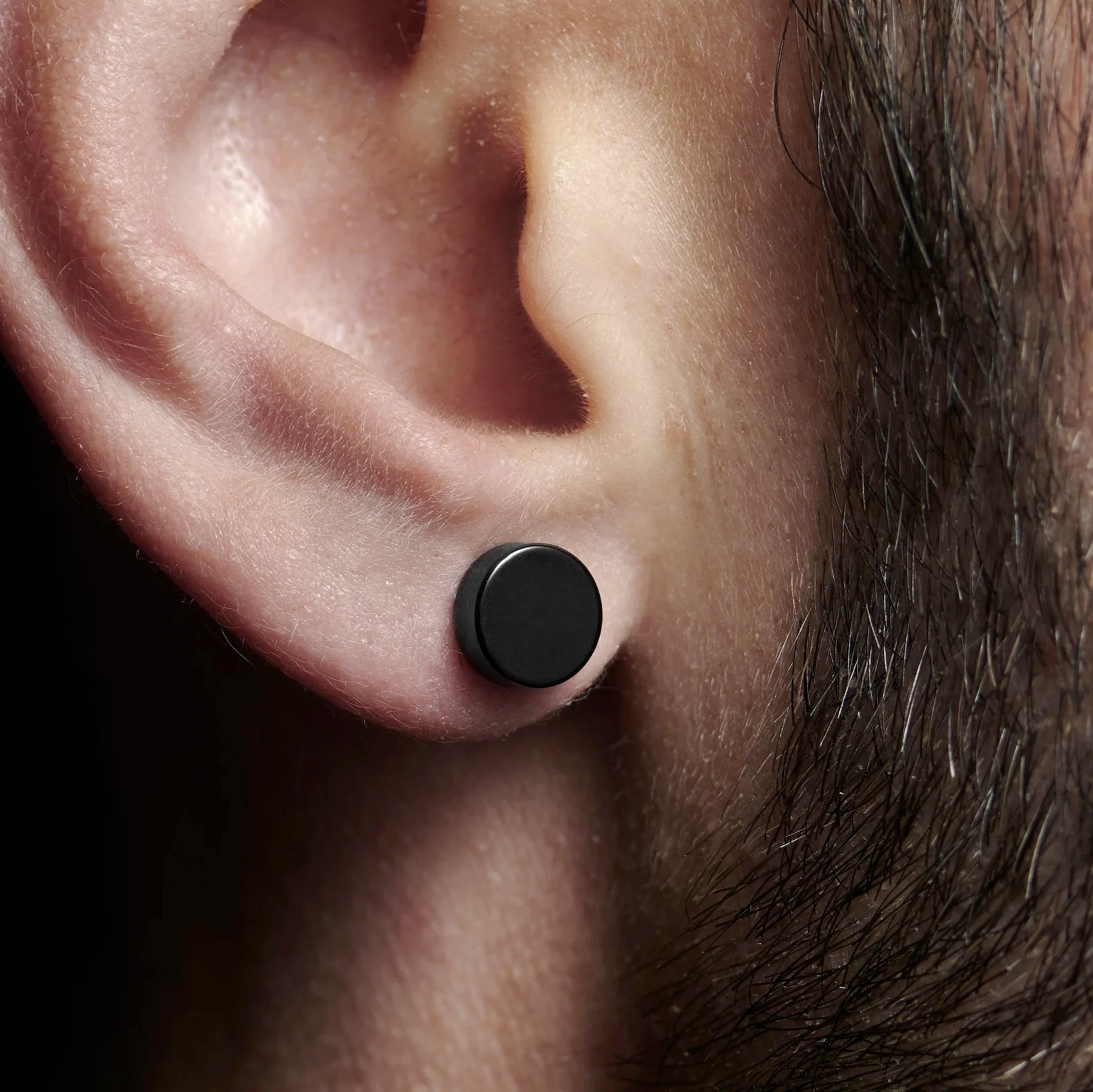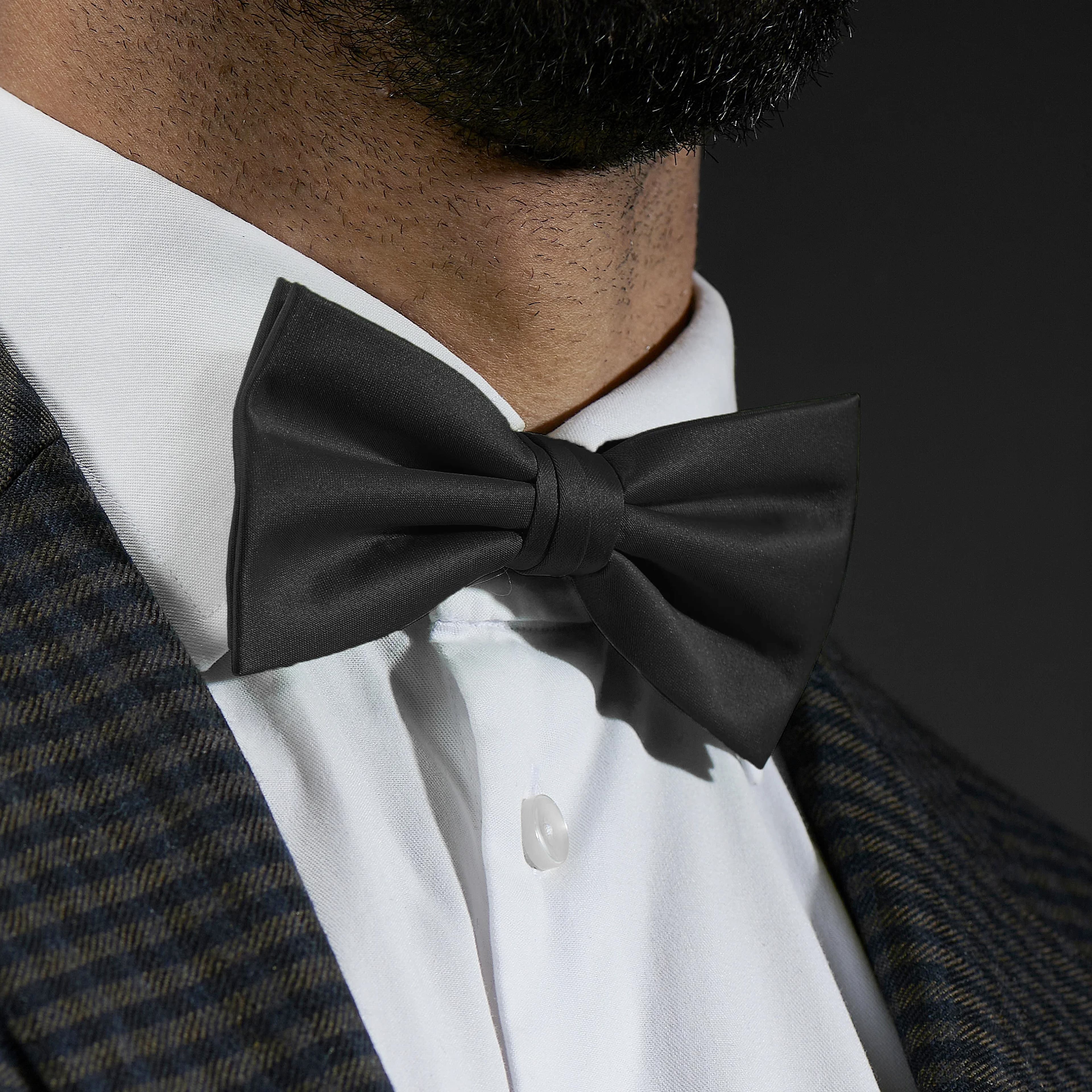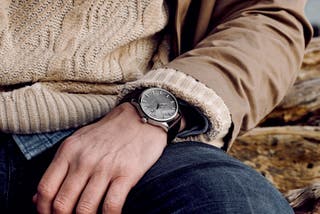
Manual de instrucciones para los relojes de la serie Timon
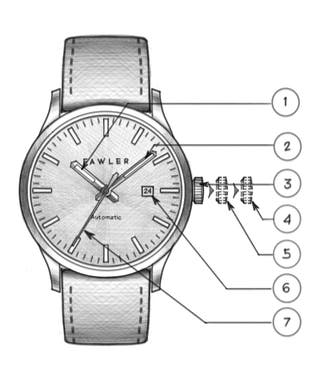
Instrucciones
- Manecilla de la hora
- Minutero
- Corona
- Corona - Primer chasquido
- Corona - Segundo chasquido
- Ventana de la fecha
- Segundero
Fijación de la hora: Mueve la corona a la posición 4 y gírala.
Fijación de la fecha: Mueve la corona a la posición 5 y gírala en la dirección contraria a las agujas del reloj.
Cómo darle cuerda a mano: Para darle cuerda a este reloj gira la corona en el sentido de las agujas del reloj cuando esté en su posición normal. Ten cuidado para no seguir dándole cuerda cuando llegues al punto en el que se note una ligera resistencia, ya que esto podría deformar el resorte principal.
Características
- Movimiento: Mecánico automático Miyota 8215
- Resistencia al agua: 5 ATM/50 metros
- Pila: Sin pila
- Cristal: vidrio mineral de una sola cúpula con un tratamiento antirreflectante
- Material de la caja: Acero inoxidable 316L
- Material de la correa: Cuero auténtico con liberación rápida
- Sin níquel: Sí
- Tamaño máximo de la muñeca: 20,5 cm
- Tamaño mínimo de la muñeca: 14 cm
- Ancho de la correa: 20 mm
- Diámetro de la caja: 42 mm
- Diámetro de la esfera: 36 mm
- Grosor de la caja: 13 mm
- Altura de la corona: 3 mm
- Ancho de oreja: 22 mm
- Ancho de oreja a oreja: 50 mm
- Peso: 73 g
CÓMO CUIDAR TU RELOJ
WATER RESISTANCE
Most watches have some level of water resistance. If your watch isn’t water resistant, it may be able to handle small splashes, but don’t risk it. If it has a leather band, don’t get it wet.

1 ATM/10 metros Este reloj no puede soportar ningún tipo de contacto con el agua.

3 ATM/30 metros Este reloj puede soportar la lluvia y salpicaduras de agua sin problemas.

5 ATM/50 metros Este reloj se puede usar para actividades como ducharse o nadar.

10 ATM/100 metros Este reloj tiene la suficiente resistencia al agua como para practicar esnórquel.

Más de 20 ATM/más de 200 metros Este reloj es seguro para la práctica de cualquier actividad acuática, como el submarinismo.
How to clean your watch case
- Do not move the crown or push any buttons when your watch is in contact with water, as this may let water enter the case.
- If your watch is not water resistant, dip a cotton swab in a bowl of warm water with a drop or two of soap in. Squeeze the tip of the cotton swab to remove most of the water and gently rub the case.
- If your watch is water resistant, soak a soft cloth in a bowl of warm water with two drops of mild washing-up liquid added. Wring most of the water out of the cloth and gently rub the case with it.
How to clean your leather watch strap
As a rule of thumb, genuine leather shouldn’t get wet. This includes sweat and the moisture that evaporates from your body throughout the day, which is why we recommend you don’t wear your leather-strapped watch every day and always take it off when you go to sleep. 1. If you must clean your leather strap, remove it from the case and rub it down with a clean, dry cloth. 2. Apply leather cleaner and conditioner with a soft cloth, gently massaging the lotion into the leather. 3. Finish by wiping with a clean cloth to prevent staining and let the straps air-dry overnight.
Don’t wear it so tight that you have to bend the strap backwards to unbuckle your watch, as this can permanently deform the leather.
How to care for your watch
- Store your watch in a dark, dry place to avoid corrosion and discolouration of the dial.
- Always replace the battery on a quartz watch as soon as it runs out. With time, an empty battery may start leaking, damaging the watch’s movement.
- Run mechanical watches at least two days a year to prevent gears and cogs from sticking.
- You should always get your watch serviced by a professional every 3 years.
GENERAL CARE
Rule of thumb: Make sure your watch is the last thing you put on and the first thing you take off.
- Take your watch off and store it safely before engaging in any activity that could damage it.
- Take it off before engaging in any activity likely to make you sweat.
- Take it off before you shower, bathe, or go for a swim.
- Take it off before cooking or cleaning.
- Take it off before you go to bed.
- Don’t expose your watch to chemicals such as cologne, sunscreen, perfume, chlorine, hair gel, etc., as these can discolour, stain, or dull surfaces.
- Try to store your watch separately in a soft enclosure to prevent scratching and rubbing.
- If your watch has closures or clasps, close these to prevent tangling.
- Keep your watch stored in a dry, dark place, and avoid heat fluctuation.
How To Remove A Watch Strap & Replace With A New One
To remove and change your watch strap, you’ll need:
- The watch
- A replacement strap
- A soft surface such as a cloth, t-shirt or mouse pad
You may also need:
- A spring bar tool
- Or a sharp pointed object
HOW TO REMOVE A WATCH STRAP
Place your watch on a soft surface. This prevents it from getting scratched or damaged.
If your watch has quick-release pins on the underside, push the small lever inward to release the strap.
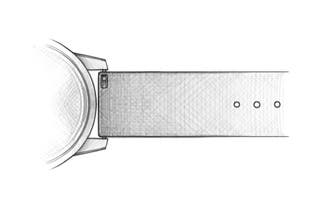
- If your watch has drilled lugs – small holes in the lugs extending from the main watch case – use a sharp, pointed object to push the spring bar in and release the strap. Be careful that the spring bar doesn’t slide out of the strap and get lost.

- If your watch strap has neither of these, use a spring bar tool. This is a small tool with a v-shaped tip. Use it to compress the spring bar from the underside of the strap between the lugs on the right. Using the tool, push down the ridge of the spring bar to release the strap.
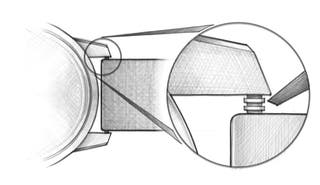
HOW TO REPLACE A WATCH STRAP
First, check the lug width of your new watch to verify that it’s 22 mm. You can find all our watch straps here. Using the filters, select only the matching width to see our selection for your watch.

If your replacement strap has quick-release bars, press the bar inward and slot it into place between the lugs. You’ll feel it ‘lock’ into position.
If your new strap doesn’t have quick-release pins, use the spring bar tool again. Place one end of the pin into place, then use the tool to compress the spring bar as you slot it in place. You’ll feel it ‘lock’ in position.
Remember to take your time and be careful not to scratch the lugs or damage the new watch strap.
Solución para los problemas y preguntas frecuentes.
Si cuidas tu reloj y lo guardas correctamente, este debería mantener su precisión durante muchos años. Pero, incluso con los mejores cuidados, es posible que tu reloj necesite un poco más de atención de vez en cuando. A continuación te mostramos algunos de los problemas más frecuentes. Si no encuentras lo que estás buscando, nuestro equipo de Atención al Cliente está disponible para ti a través de nuestro email o teléfono.
Si tu nuevo reloj no funciona, comprueba si has quitado la pieza de plástico que hay entre la corona (el botón saliente del lateral) y la caja. Quítala y empuja la corona hacia dentro, a su posición normal.
El impacto súbito puede haber provocado que se rompa un eje. Si ese es el caso, necesitarás la ayuda de un profesional para que lo repare.
La mejor manera de evitar que entre agua en la caja del reloj es no tocar los botones ni girar ni sacar la corona en condiciones de humedad. Incluso si el reloj es resistente o a prueba de agua, la humedad puede penetrar en la caja cuando se mueven estas piezas. Procura que la corona esté bien cerrada siempre antes de exponer el reloj al agua.
Si se están formando pequeñas gotas en el interior del cristal o se ve empañado, abre la corona y coloca el reloj bajo la luz directa del sol con la corona hacia arriba y la esfera mirando hacia el sol y déjalo así durante unas horas. Si se estropea un reloj de cuarzo, es posible que el movimiento no se pueda reparar. Llévelo a un profesional de tu zona para que identifique el problema y lo arregle.
Los relojes automáticos se cargan solos, para lo cual requieren de movimientos físicos. Si no te mueves lo suficiente, el reloj no puede acumular la energía necesaria para funcionar. Si estás parado durante mucho tiempo, dale cuerda con la corona cuidadosamente hasta que notes una ligera resistencia, y entonces para.
Todos los relojes automáticos se quedan sin energía si no se mueven. Por lo general, se detienen tras un período de 36 a 48 horas. Para que esté siempre en movimiento, puedes usar una caja rotatoria. Ten en cuenta que al reloj no le pasará nada malo si dejas que se agote su reserva de energía.
Para que los relojes automáticos funcionen, hay que darles cuerda, lo que se puede hacer a través del uso y movimiento, o bien a mano con la corona. Si tu reloj está completamente cargado y aún así va despacio, probablemente haya llegado la hora de hacer una revisión de mantenimiento, para lo que te recomendamos que busques a un profesional local.
Un reloj puede ir despacio o detenerse debido a las siguientes razones: golpes, magnetismo, temperatura o incluso edad. Los relojes también necesitan lubricación para funcionar sin problemas. Consulta con un profesional local para detectar el problema.
Hay varias causas que pueden hacer que un reloj vaya deprisa, como las caídas o el magnetismo. Cualquiera de ellas puede hacer que la espiral se desalinee. Un profesional local puede detectar el problema y repararlo.
2-YEAR WARRANTY
To keep the warranty on your watch valid, don't expose it to water past the rated limit and make sure you keep the receipt.

Otras categorías
¿Pensabas que solo vendemos relojes? Tenemos más de 6.000 productos repartidos en 21 categorías de accesorios para hombres. Aquí tienes algunas de ellas.
